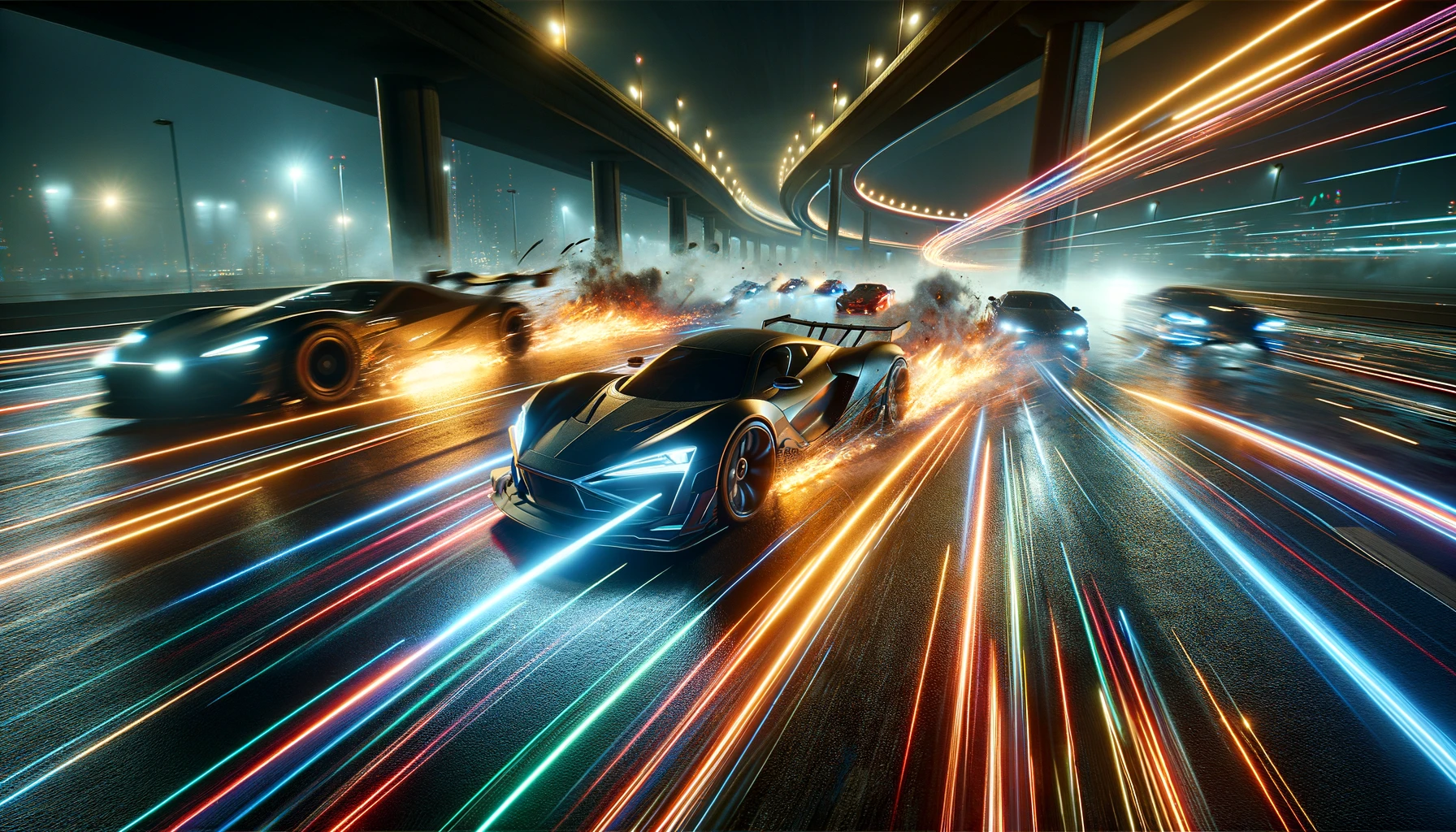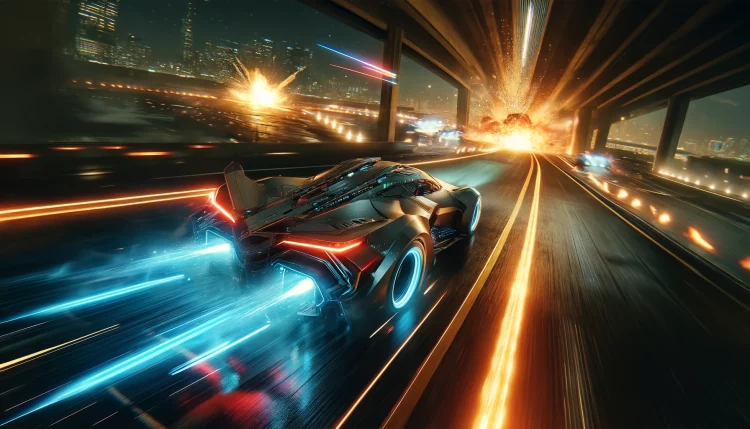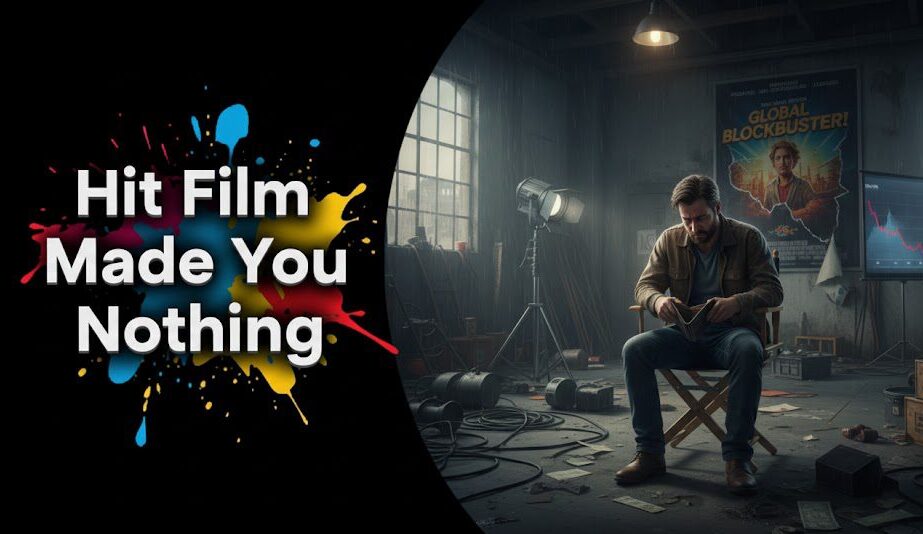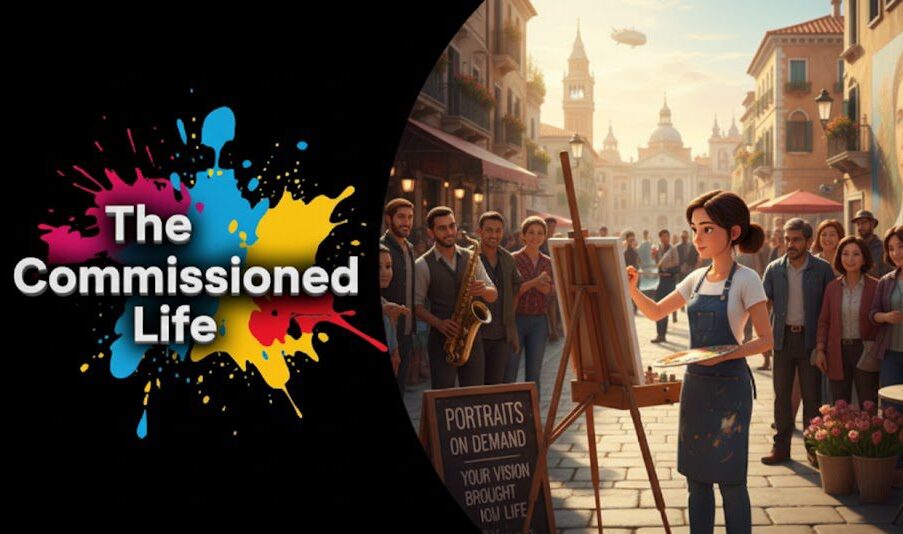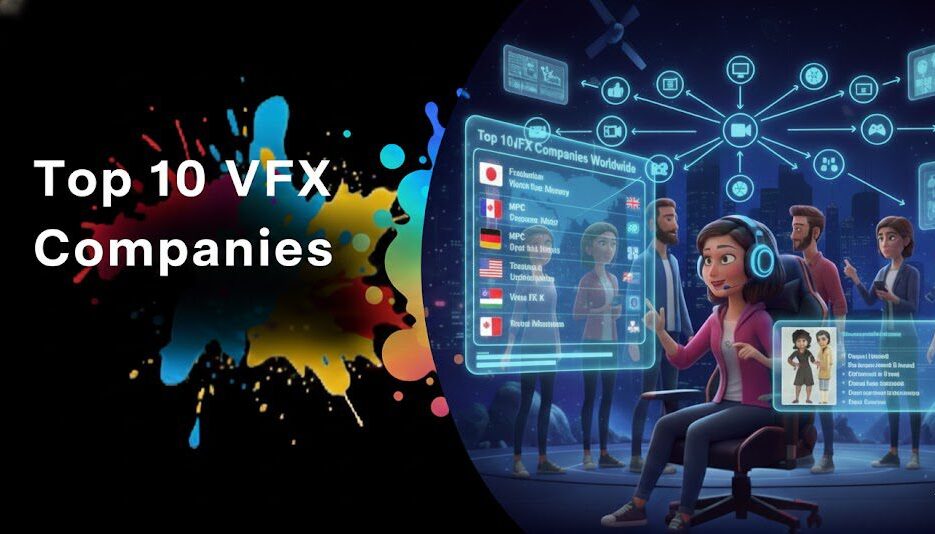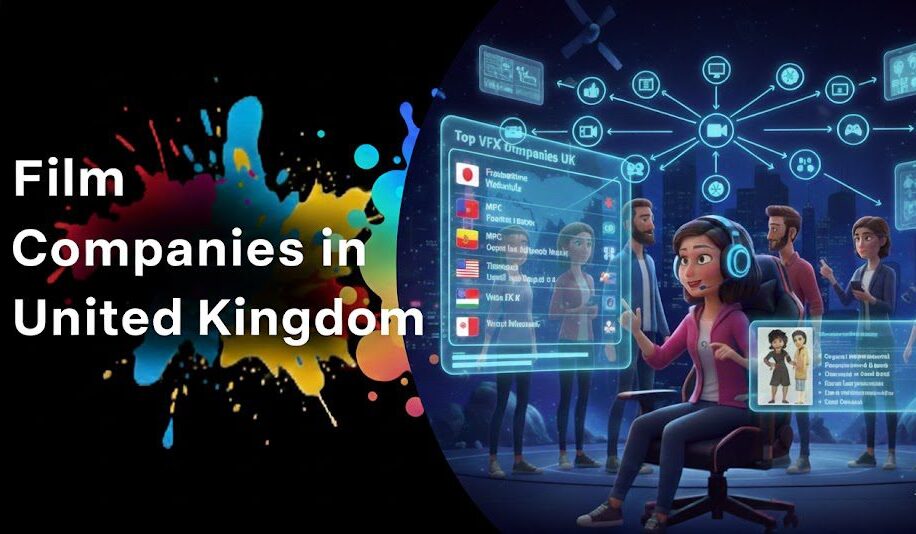Vehicle Effects VFX
In the world of filmmaking, visual effects (VFX) play a pivotal role in bringing stories to life. When it comes to vehicle effects, the stakes are even higher. Realistic and engaging vehicle sequences can make or break a film, requiring filmmakers to choose a VFX studio with the expertise, technology, and creative vision to deliver outstanding results. This guide will walk you through the essential steps and considerations to help you choose the right vehicle effects VFX studio for your project.
Understanding Vehicle Effects in VFX
Before diving into the selection process, it’s important to understand what vehicle effects in VFX entail. Vehicle effects encompass the creation and simulation of vehicles and their movements, often involving complex animations, physics-based simulations, and detailed modeling. These effects can range from car chases and crashes to futuristic spacecraft and intricate mechanical sequences. The goal is to achieve realistic, believable, and visually captivating vehicle sequences that enhance the storytelling.
Looking for VFX
Experts or Projects?
Join Vitrina to Expand Your Global Entertainment Network
- Promote
Your VFX
Services. - Connect
with Vendors &
Studios Worldwide. - Discover
New Projects &
Opportunities - Find
Trusted VFX
Partners.

Key Factors to Consider When Choosing a Vehicle Effects VFX Studio
Expertise and Experience
One of the most crucial factors to consider is the expertise and experience of the VFX studio. Look for studios with a proven track record in vehicle effects, as their experience will be invaluable in ensuring high-quality results. Review their portfolio to see past projects and assess the complexity and quality of their vehicle effects work. Studios that have worked on similar projects or have received industry recognition and awards are often a good choice.
Technology and Tools
The technology and tools used by the VFX studio can greatly impact the quality of the vehicle effects. Ensure the studio uses state-of-the-art software and hardware to create and render effects. Advanced motion capture systems, physics engines, and rendering software are essential for producing realistic vehicle sequences. Additionally, inquire about their pipeline and workflow to understand how efficiently they can handle your project.
Key Factors to Consider When Choosing a Vehicle Effects VFX Studio
Expertise and Experience
One of the most crucial factors to consider is the expertise and experience of the VFX studio. Look for studios with a proven track record in vehicle effects, as their experience will be invaluable in ensuring high-quality results. Review their portfolio to see past projects and assess the complexity and quality of their vehicle effects work. Studios that have worked on similar projects or have received industry recognition and awards are often a good choice.
Technology and Tools
The technology and tools used by the VFX studio can greatly impact the quality of the vehicle effects. Ensure the studio uses state-of-the-art software and hardware to create and render effects. Advanced motion capture systems, physics engines, and rendering software are essential for producing realistic vehicle sequences. Additionally, inquire about their pipeline and workflow to understand how efficiently they can handle your project.
Creative Vision and Approach
The creative vision and approach of the VFX studio should align with your project’s goals. Look for studios that demonstrate a strong sense of creativity and innovation in their work. Discuss your project in detail with potential studios to gauge their understanding and enthusiasm for your vision. A studio that is passionate about your project and willing to push creative boundaries will likely deliver more compelling results.
Collaboration and Communication
Effective collaboration and communication are vital for the success of any VFX project. Choose a studio that values open communication and is willing to work closely with your team throughout the project. Regular updates, feedback sessions, and a collaborative approach will ensure that the final product meets your expectations. Assess their project management processes and how they handle client interactions to determine their suitability.
Budget and Pricing
Budget is a significant consideration for any film project. VFX studios offer a range of pricing models, from fixed rates to time-and-materials billing. It’s important to get detailed quotes from multiple studios and compare them to ensure you get the best value for your money. Keep in mind that the cheapest option may not always be the best, as quality and expertise are crucial for achieving the desired results.
Timeline and Availability
The timeline and availability of the VFX studio should align with your project schedule. Discuss your deadlines and ensure the studio has the capacity to meet them without compromising on quality. Delays in VFX production can have a ripple effect on the entire film schedule, so it’s essential to choose a studio that can deliver on time.
Looking for Global VFX Projects?
Create your profile on Vitrina!
- Promote your VFX studio.
- Connect with global studios.
- Showcase projects & clients.
- Find projects matching your expertise.

Reviewing Past Projects
When evaluating VFX studios, reviewing their past projects is a crucial step. Look for projects that are similar in scope and complexity to your own. Pay attention to the quality of the vehicle effects, the level of detail, and the overall impact on the film. Consider watching some of the films or sequences they have worked on to get a better sense of their capabilities.
Assessing Technical Proficiency
Technical proficiency is key to creating realistic vehicle effects. Assess the studio’s technical capabilities by looking at their use of advanced software, hardware, and techniques. Studios that invest in cutting-edge technology and continuously upgrade their tools are more likely to deliver high-quality results. Inquire about their technical processes, such as motion capture, rendering, and simulation techniques.
Client Testimonials and Case Studies
Client testimonials and case studies provide valuable insights into the studio’s performance and client satisfaction. Look for testimonials from reputable filmmakers and production companies. Case studies that detail specific challenges and how the studio addressed them can also give you a better understanding of their problem-solving abilities and adaptability.
Preparing Questions and Discussion Points
Before meeting with potential VFX studios, prepare a list of questions and discussion points to cover. These might include:
- What is your experience with vehicle effects in similar projects?
- Can you provide examples of your work in vehicle effects?
- What technology and tools do you use for vehicle effects?
- How do you handle project timelines and deadlines?
- What is your approach to collaboration and communication with clients?
- Can you provide a detailed quote and breakdown of costs?
- How do you handle revisions and feedback during the project?
Assessing Communication and Responsiveness
During the interview or meeting, assess the studio’s communication and responsiveness. Are they attentive to your needs and questions? Do they demonstrate a clear understanding of your project and goals? Effective communication is crucial for a successful partnership, so choose a studio that listens and responds promptly and professionally.
Evaluating Cultural Fit
Cultural fit is an often-overlooked but important factor in choosing a VFX studio. A studio that shares your values and work ethic will be easier to collaborate with. Consider their company culture, working environment, and team dynamics. A positive cultural fit can lead to a more harmonious and productive working relationship.
Understanding VFX Contracts and Agreements
Scope of Work and Deliverables
Ensure that the contract clearly defines the scope of work and deliverables. This includes detailed descriptions of the vehicle effects to be created, the number of revisions allowed, and the final output format. A well-defined scope of work helps prevent misunderstandings and ensures both parties are on the same page.
Timeline and Milestones
The contract should outline the project timeline and key milestones. This includes deadlines for each phase of the project, such as concept development, initial drafts, revisions, and final delivery. Having a clear timeline ensures that the project stays on track and that both parties are aware of their responsibilities.
Payment Terms and Conditions
Payment terms and conditions should be clearly defined in the contract. This includes the total cost, payment schedule, and any additional costs that may arise. Ensure that you understand the payment structure and that it aligns with your budget and financial planning.
Rights and Ownership
Clarify the rights and ownership of the final VFX work. Typically, the filmmaker retains the rights to the final product, while the VFX studio may retain rights to the underlying assets and technology. Ensure that the contract specifies the usage rights, licensing, and any restrictions.
Revisions and Feedback Process
The contract should outline the process for revisions and feedback. This includes the number of revisions allowed, the timeline for submitting feedback, and how changes will be managed. Having a clear revisions process helps prevent scope creep and ensures that the final product meets your expectations.
Summary
Choosing the right vehicle effects VFX studio is a critical decision that can significantly impact the success of your film project. By considering factors such as expertise, technology, creative vision, collaboration, budget, and timeline, filmmakers can make informed decisions and select the best VFX studio for their needs. Evaluating portfolios, conducting interviews, and understanding contract terms are essential steps in the selection process. By following these guidelines and practical tips, filmmakers can find a VFX partner that will bring their vision to life with stunning and realistic vehicle effects.
Look for examples of past projects that are similar in scope and complexity to your own. Pay attention to the quality of the vehicle effects, the level of detail, and the overall impact on the film. Consider watching some of the films or sequences they have worked on to get a better sense of their capabilities.
Technology is crucial for creating high-quality vehicle effects. Ensure the studio uses state-of-the-art software and hardware, including advanced motion capture systems, physics engines, and rendering software. Studios that invest in cutting-edge technology are more likely to deliver realistic and visually captivating effects.
Prepare questions that cover the studio’s experience, technology, approach to collaboration, project management, and pricing. Examples include: What is your experience with vehicle effects? What technology do you use? How do you handle project timelines and feedback? Can you provide a detailed quote and breakdown of costs?
During the interview or meeting, pay attention to how attentive and responsive the studio is to your needs and questions. Effective communication is crucial for a successful partnership, so choose a studio that listens and responds promptly and professionally.
A VFX contract should include the scope of work, deliverables, timeline, milestones, payment terms, rights and ownership, and the revisions process. Ensure that all terms are clearly defined to prevent misunderstandings and ensure both parties are on the same page.

